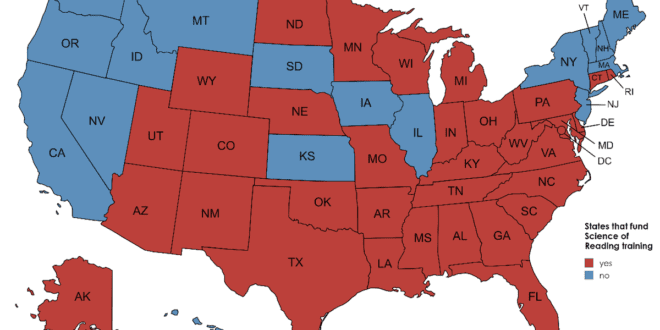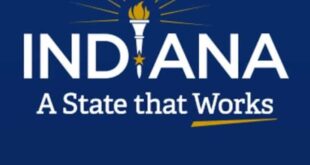At a recent event, I made what I thought was an obvious and uncontroversial statement: Red and blue states continue to go in different directions on education reform, with red ones embracing it and blue ones running away from it. A Democrat friend protested that I was being unfair, so I decided to look at the evidence.
To be clear, I’m not happy that the GOP has emerged as the party of education reform—or, more specifically, the only party of education reform. Things were much better in the days when both teams fought for that mantle, which was the case across much of the land (and in Washington) from the late 1980s through the mid-2010s. Take any issue you want (international trade, gay marriage, whatever) and any advocate will tell you that the dream scenario is for both parties to agree with your position.
Unfortunately, that hasn’t been the case in education for over a decade.
What is education reform?
Start with basic values and principles, beginning with the conviction that all children should be given the opportunity to achieve their full academic potential. Second is the belief that schools are essential to achieving this first goal. Third is that, in general, U.S. schools aren’t doing nearly enough to accomplish it (even as we acknowledge that a lot of what it would take to help all kids achieve their full potential is outside of schools’ control). Finally, bona-fide reformers understand that our 150-year-old school systems, with their central offices, bureaucracies, top-down management, union contracts, and bizarre political incentives, are unlikely to be able to reform themselves. Improvement is going to take outside pressure.
Reform as I see it, then, is largely about applying that external pressure in constructive ways. It comes via two primary strategies: standards-based reform and school choice. The former means setting clear expectations for what students should know and be able to do, measuring whether they are learning those things, and then holding schools (and, often, educators and students themselves) to account for the results. And the second involves introducing competition, so as to create incentives for school systems to improve their performance and better serve their customers—the families who entrust their children to them.
No smart reformer thinks that either testing and accountability or school choice alone will automatically lead to great schools. Tons of additional activities are necessary, many of them placed in the “capacity building” bucket. That starts with ample and fair funding, but also high-quality curricula, including those based on the science of reading; great professional learning; and deregulation so that school leaders can create a positive culture and get their teams moving in the same direction.
In my view, urban charter schools are the beau ideal of the education reform movement, given that they combine school choice, accountability for results, and real autonomy for educators. The type we used to call “no excuses” are also extraordinarily high performing and prove how much human potential our traditional system fails to fully develop.
Democrats for education stasis versus Republicans for education reform
With education reform duly defined, let’s turn to the question at hand.
Is the conventional wisdom right that both parties have abandoned education reform? That D’s have forsaken it out of fealty to their teachers union base plus the influence of what Nate Silver recently called the “social justice left.” And the R’s have turned away from it because of their obsession with “privatization”—currently in the form of universal education savings accounts, with accountability to parents the only form of accountability they now favor.
Well, the evidence indicates that this conventional wisdom is mostly fair when it comes to Democrats, but not all that fair when it comes to the GOP—at least if we look beyond Washington to the states.
Accountability, Charter Schools, and the Science of Reading
Let’s examine three key policy areas: accountability, charter schools, and the science of reading, and how they are playing out in red versus blue states.
Start with standards-based reform, the primary domain of center-left education reformers going back to the Clinton days. When Congress enacted, and President Obama signed, the Every Student Succeeds Act in 2015, it allowed states to decide whether to issue annual judgements about their schools. All states have to report reams of data, but whether to turn those data into user-friendly ratings is up to each jurisdiction.
Well guess what? Some states embraced clear ratings, such as A–F or 1 to 5 stars, while others opted to issue no ratings at all, or to use mealy-mouthed, descriptive labels. A clear partisan pattern emerged. (See Figure 1.)
Figure 1. States that use A–F or 5-star ratings for their school accountability systems
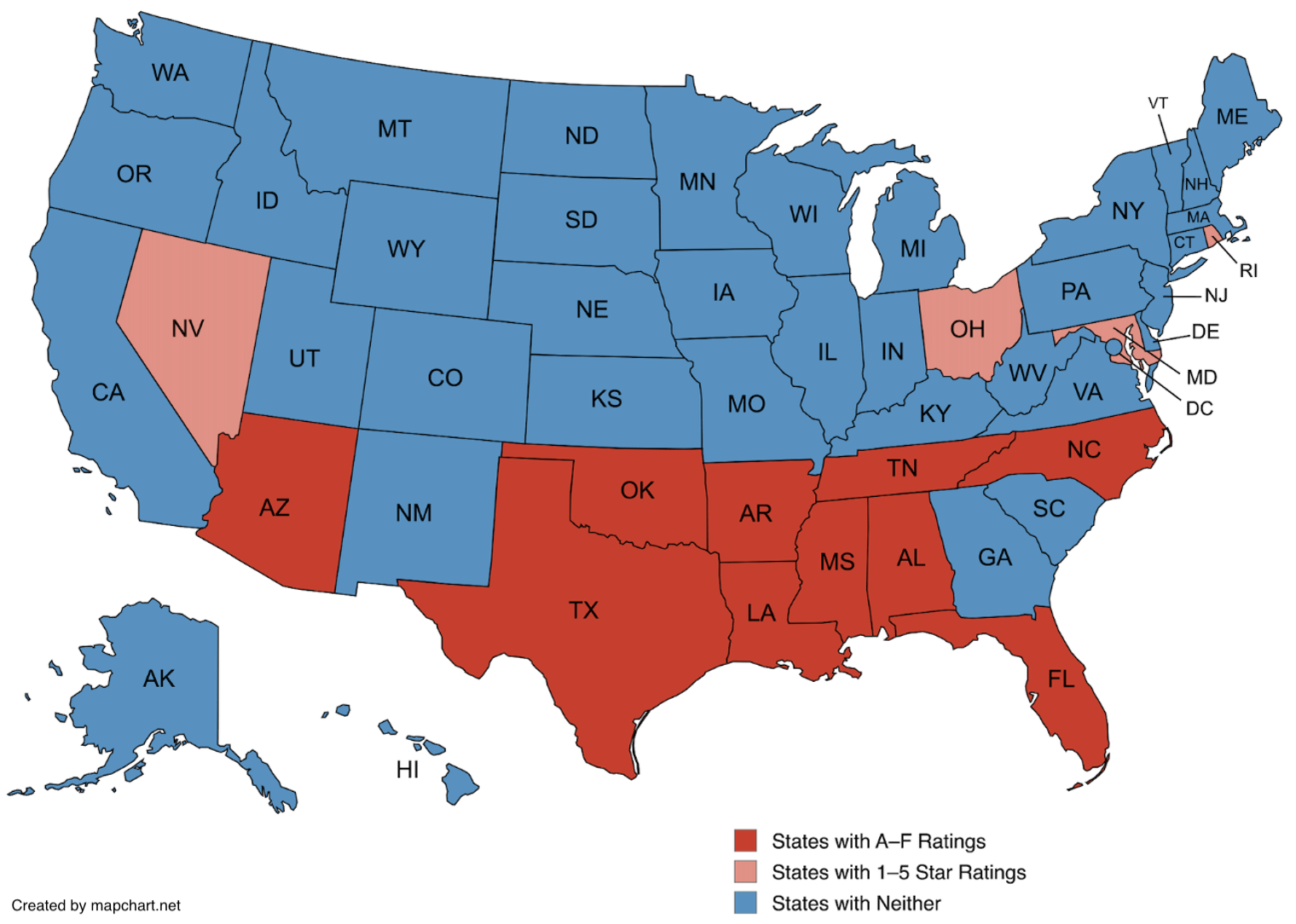
Kudos go to blue state standouts Maryland and Rhode Island, but they are the exceptions that prove the rule.
Granted, labeling schools isn’t the only form of accountability. Federal law requires all states to do something to address chronically low performance in their least-effective 5 percent of schools. Unfortunately, I can’t find any fifty-state evaluation of how that’s going—probably because not much is happening to hold bad schools accountable anywhere.
Maybe the blue team does better when it comes to public charter schools, especially given that the GOP is focused on education savings accounts? Here’s a look at changes in charter school enrollment for the most recent period for which data are available, according to this analysis from the National Alliance for Public Charter Schools.
Figure 2: Charter school enrollment growth, 2019–2023
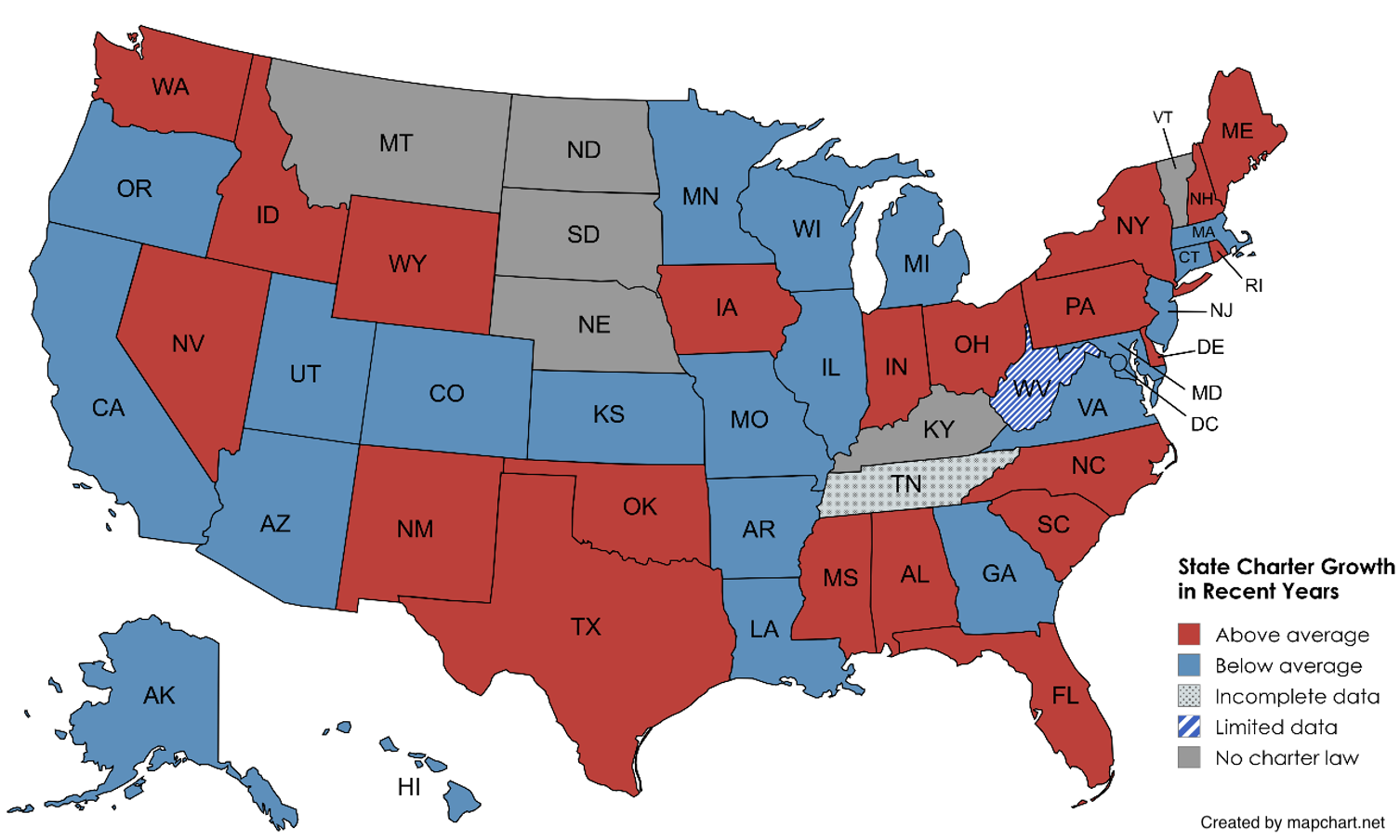
Indeed, the D’s do a bit better, with a particularly impressive showing from New York, and the R’s do a bit worse. Still, the pattern again favors the red team.
How about promoting the science of reading? This has been sweeping the country and is often pointed to as a rare example of common ground across the ideological spectrum. Here we can rely on this excellent resource from ExcelinEd, and look particularly at whether states fund training for teachers in the SoR (a capacity-building strategy that Democrats should love).
Figure 3: States that provide funding for science of reading training
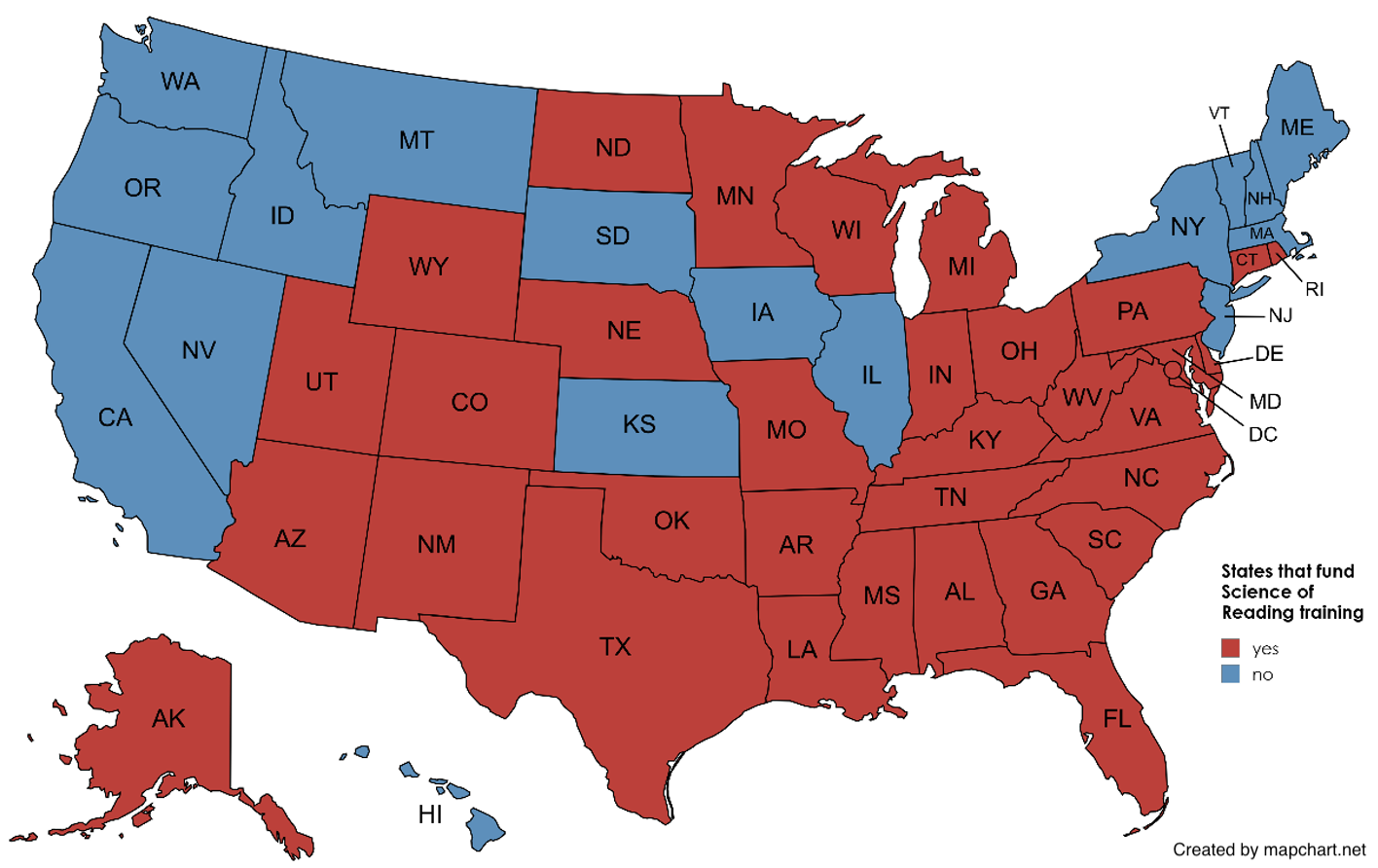
What we see is that virtually all red states provide this sort of training—but only some of the blue states do. Notable laggards include the biggest blue states—California, New York, and Illinois.
Conclusion and Future Outlook
Republicans could definitely be doing more on the education reform front. As I wrote last year, it’s crazy that teacher tenure is still enshrined in law even in deep-red states, and that Republicans haven’t shifted teacher pay to focus more on performance instead of traditional measures like master’s degrees.
But the much greater shame is that the Democrats have moved away from education reform almost entirely. And there’s some reason to believe that it’s hurting them electorally. That at least is the argument that Rahm Emanuel is making, including in his podcast appearance last month with Ezra Klein.
Pre-Covid, Democrats historically run somewhere between a 15-to-22-point advantage on education. From Covid forward, the only two things you hear from Democrats on education is: We’re going to shut the school down. We’re going to close the front door of the school, and after Covid, we’re going to blow open the bathroom school door.
That’s it. Not what you’re going to do on math, not what you’re going to do on reading, what you’re going to do to drive graduation. And now what is the net result? Not only are parents pulling kids out of public schools; we’re barely breaking even on the issue of education.
Democrats are increasingly the party of college-educated professionals, while Republicans gain the mantle of the party of an increasingly multiracial working class. So perhaps it’s inevitable that the D’s will tie themselves ever closer to the people who work in our schools—especially college-educated teachers and administrators—and R’s will orient themselves to the consumers of the system, the working-class parents who now make up a majority of public-school customers.
But I sure hope that the Democrats instead listen to Emanuel and fight to win back some of those working-class parents by embracing education reform. The country—and our kids—would be better off with two ed-reform parties instead of one.
 Mind Uncharted Explore. Discover. Learn.
Mind Uncharted Explore. Discover. Learn.
